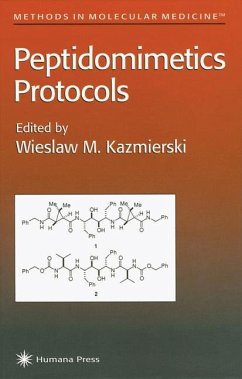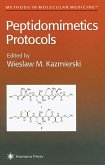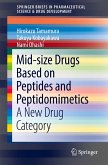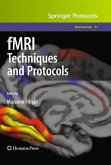Many physiologically important receptors and enzymes are regulated by their endogenous ligands and inhibitors. Nature chose to utilize these p- tides as chemical switches since they can be efficiently synthesized and - graded in cells, thus providing an immediate response to a fast changing environment. Such properties, so critical in cell survival, make peptides less than ideal drug candidates. Other frequently desired properties in drug m- ecules include oral bioavailability, the ability to cross membranes, including the blood-brain barrier, and sufficient stability for administration 1-2 times a day. In spite of these obstacles, some natural peptides and proteins are ind- putably successful medicines and have become drugs of choice. Further - vances in peptide-based pharmaceuticals are critically dependent on both new delivery methods and new chemical approaches to the conversion of these molecules to druglike entities. In addition, peptides are also the natural sta- ing points for optimization of their pharamacological and chemical prop- ties, which may lead to superior drugs. Peptidomimetics Protocols deals with both aspects of peptide pharmaceuticals, through the tools of modern s- thetic and medicinal chemistry. The last decade has witnessed a steady stream of new synthetic approaches to peptide mimetics, compounds that replace phy- ologically vulnerable peptide functionalities with chemical modules of - creased stability and cellular penetration. The chapters have been written by both academic and industrial chemists, and focus on the practical synthetic preparation of peptide mimetics.
Hinweis: Dieser Artikel kann nur an eine deutsche Lieferadresse ausgeliefert werden.
Hinweis: Dieser Artikel kann nur an eine deutsche Lieferadresse ausgeliefert werden.
"The editor has assembled an interesting collection of synthetic methods for preparing peptidomimetics. . .This book will clearly be of value to those who are interested in synthesizing nonpeptidic analogues of small peptide ligands."-Journal of Medicinal Chemistry "the editor does an excellent job of bringing together a variety of different chemical syntheses that are relevant to peptide, peptidomimetic, combinatorial and medicinal chemistry. Each chapter is written in the same general format of introduction, materials, methods, notes and references, which is always valuable for a book that will be regularly consulted. In addition, many of these are reported by acknowledged leaders in the field. . . includes a number of novel amino acid syntheses that will be extremely valuable to those scientists trying to understand the underlying medicinal chemistry of peptides. . . the contents of this book are extremely valuable and I have no doubt it will find its way into many of the world's leading industrial and academic organic chemistry laboratories."-Drug Discovery Today









